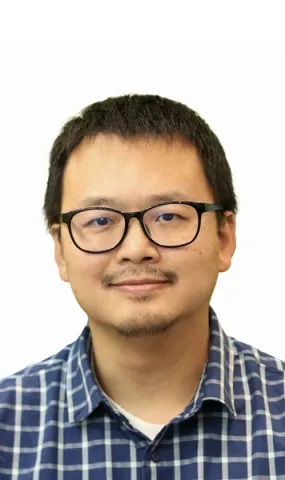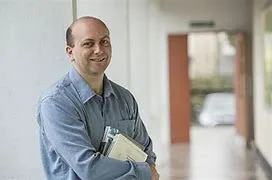About the project
This project aims to validate the hypothesis that ultrasonic surgical tools can both limit cell damage at the site of cutting and stimulate tissue healing in regions remote from the surgical tip. This is achieved using ultra-high speed imaging based organotypic and hydrogel models for ultrasound-induced effects on bone and soft tissue.
Ultrasonic surgical tools can be used to cut and cauterise tissue with relatively low heat and limited lateral thermal damage, they present advantages of low force, high precision, haemostasis and tissue selectivity. However, despite these advantages, they suffer disadvantages of lacking knowledge in how the molecular and cellular factors influence tissue damage and repair.
These challenges can be addressed by exploring the links between the vibrations that ultrasonic surgical tools create and which propagate through tissue. Another hypothesis is that, by careful control of the frequency and amplitude of the tools in combination with an understanding of the material properties of the specific tissue, cell damage can be controlled and cellular processes conducive to healing will be enhanced.
This project aims to investigate frequency and amplitude influence of the tools on bone and cartilage cutting, and soft tissue cauterisation, determine the effect of common tissue properties in affecting strain rate which cells embedded in these materials are exposed to, and finally, explore the optimal mechanical parameters which will not only excel in tissue cutting but also control cell death and promote healing, using three dimensional organotypic tissue models and engineered hydrogel or cell constructs.
You will join the bioengineering research group and the bone and joint research group, which provide access to a diverse range of research areas, from electromechancial engineering to physics and biological sciences. Various training opportunities are available to offer, such as design of ultrasonic surgical devices, the use of ultra-high speed camera, and fabrication of hydrogel constructs.
External clinical and industrial partners include:
- Mr. Evan Davies, a consultant spinal surgeon based at Southampton General Hospital
- Prof Fabrice Pierron, the co-founder and R&D Director of MatchID which is based in Belgium
Our industrial partner MatchID provides solutions of ultra-high speed camera Digital Image Correlation method for cell behaviour when exposed to external ultrasound field.

